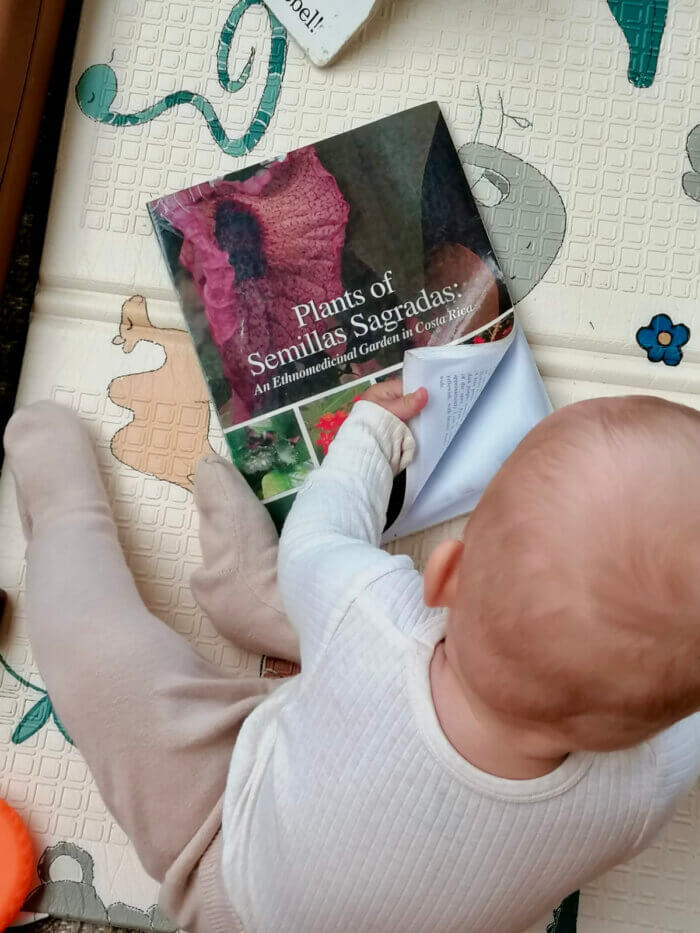Want to spend quality time on your belly crawling through the jungle to find endangered plant species that just might cure major diseases? Too intense for your family outing? Well, how about spending a few hours “biologizing” about the flora along our Cabalonga Trail, learning how indigenous peoples used those plants to treat snake bites, heal wounds, find spiritual truth, and increase sexual potency? Or what about learning how to harvest medicinal herbs in our Sacred Seeds Garden, like Cat’s Claw and Hombron, in a way that promotes sustainability and biological diversity? If your answer to any of those questions is yes, allow me to introduce you to Rafael “Rafa” Ocampo, one of the great ethnobotanists of Central America and one of Finca Luna Nueva’s most cherished friends.
Rafa has extensive formal training as an ethnobotanist, studying at the University of Costa Rica and later becoming a curator at the National Herbarium of Costa Rica. While at the herbarium he connected with Dr. James A. “Jim” Duke, an ethnobotanist with the US government who wanted to catalog the medicinal plants of Costa Rica. Dr. Duke and Rafa traveled throughout Costa Rica and met with almost a dozen of the remaining indigenous communities. As the story goes, Dr. Duke liked to hike barefoot through the forests, typically accompanied by his guitar. Somehow he and Rafa survived, and they authored the Tico Ethnobotanical Dictionary, one of the foundational works of Costa Rican ethnobotany.
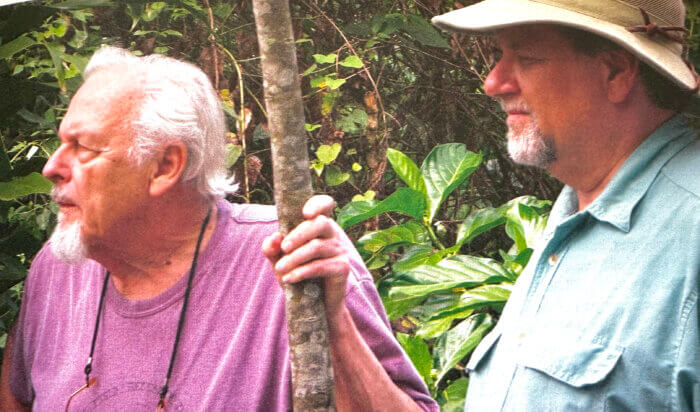
Our founder, Steven Farrell, first connected with Rafa in 1986 when they met at a conference on medicinal herbs. Rafa then visited Steven’s personal farm in La Tigra where Steven had begun to grow ginger for export, and Rafa introduced Steven to a vine called cocolmeca, a relative of sarsaparilla the roots of which were used as a blood tonic to improve vigor. Oh, also an aphrodisiac….
From there Steven and Rafa worked to create the nascent organic movement in Costa Rica. In 1989 or 1990 they helped organize the Organic Growers Association of Costa Rica, and Rafa was the first person to certify Steven’s ginger as grown without synthetic chemical inputs.
Then Finca Luna Nueva happened, and Rafa became a valued guide to Steven as the Luna team transformed an old ornamental plant farm into what is now a renowned center of regenerative agriculture. When Luna was asked to grow organic turmeric in the late 90s, Rafa was our source of organic turmeric rhizomes that were rich in the bright yellow constituent curcumin, greatly valued for its medicinal properties. We were to grow turmeric for export as a medicinal plant, but that bright yellow pigment was also valued by a mustard company sourcing from Costa Rica. It has to be said: Rafa found the turmeric varietal that “cut the mustard.”
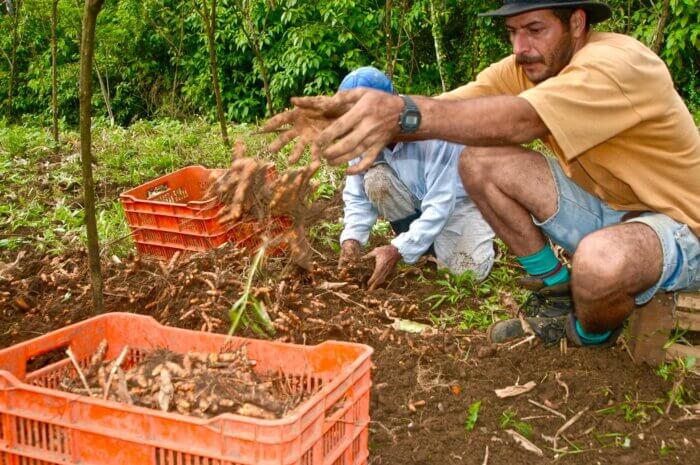
It was around 1999 or 2000 that Rafa made Luna an offer that we couldn’t refuse. He had been, for many decades, collecting Central American plants of medicinal, cultural, and spiritual significance. He proposed that Finca Luna Nueva create a home for these botanical treasures, and Steven and I leapt at the opportunity. It was an opportunity for Luna Nueva to not just grow medicinal herbs, but to be an international destination for learning about hundreds of herbs of ethnobotanical significance.
Around this time, I had been reading E.O. Wilson’s book The Diversity of Life, and I often shared excerpts with Steven. E.O. Wilson spoke in that book, as he had in earlier articles, about the compounding crises of food production, climate chaos, and above all the collapse of biodiversity. These crises were shrinking our options – we had to do everything we could to protect species that still might survive the extinction threats. To shepherd, if you will, our sister species through the “bottleneck,” so that the future of life on Earth would have the greatest benefit from the evolutionary solutions of today’s lifeforms.
Steven and I thus first called Rafa’s neotropical garden at Luna our “Bottleneck Garden,” and while that title meant a lot to us it didn’t sing to others. We borrowed a term I had coined for an anti-GMO poem I had written a few years earlier – “Sacred Seeds” – and there we had it: our Sacred Seeds or Semillas Sagradas garden. Rafa, together with Ruth Goldstein (our first intern and now a professor at the University of Wisconsin), Jim Duke (his barefoot singing and hiking buddy), Dr. Michael “Mike” Balick, and others, created what Mike once characterized as the finest medicinal herb garden in the world. Mike, by the way, just happens to be the greatest ethnobotanist of our time who is Vice President of the Institute of Economic Botany at the NY Botanical Garden, so his praise meant so much to Rafa and to all of us.

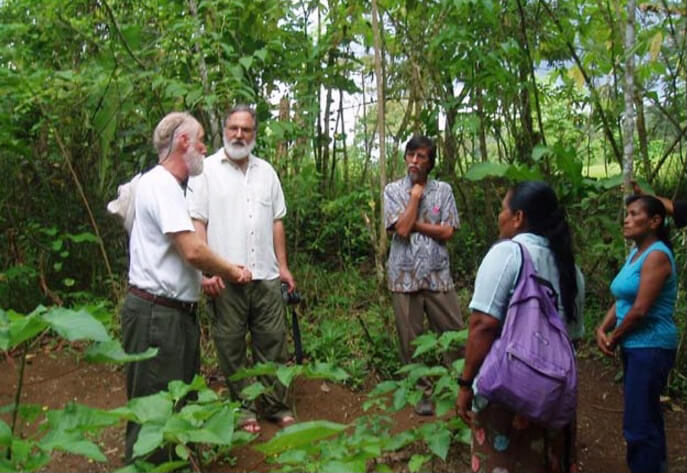
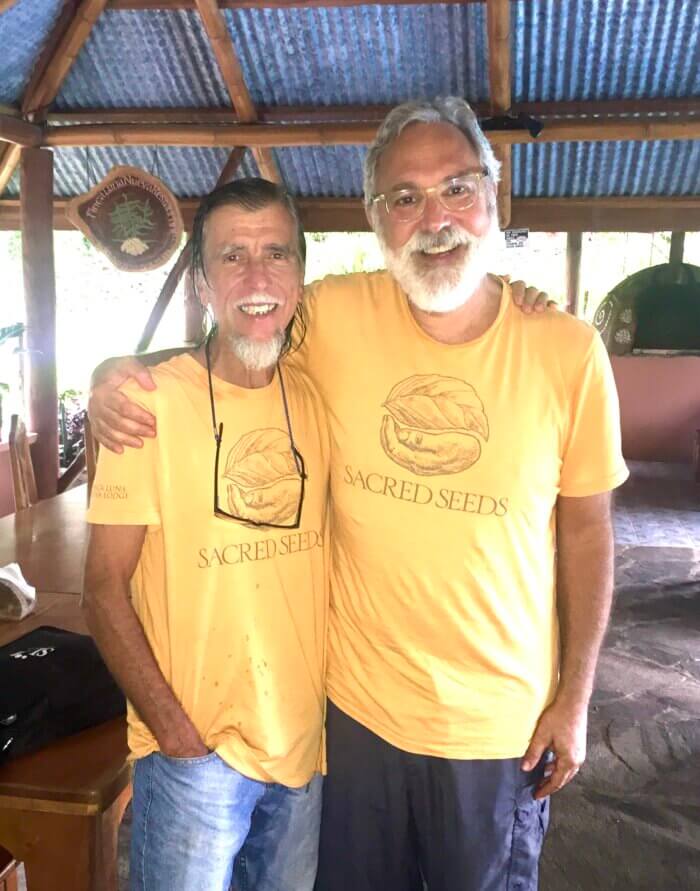
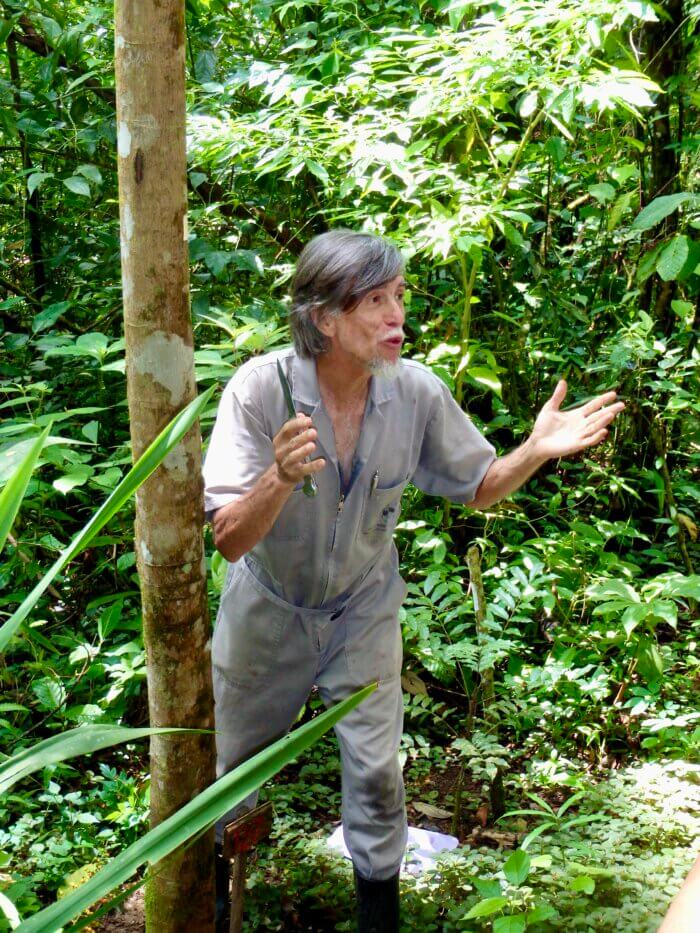
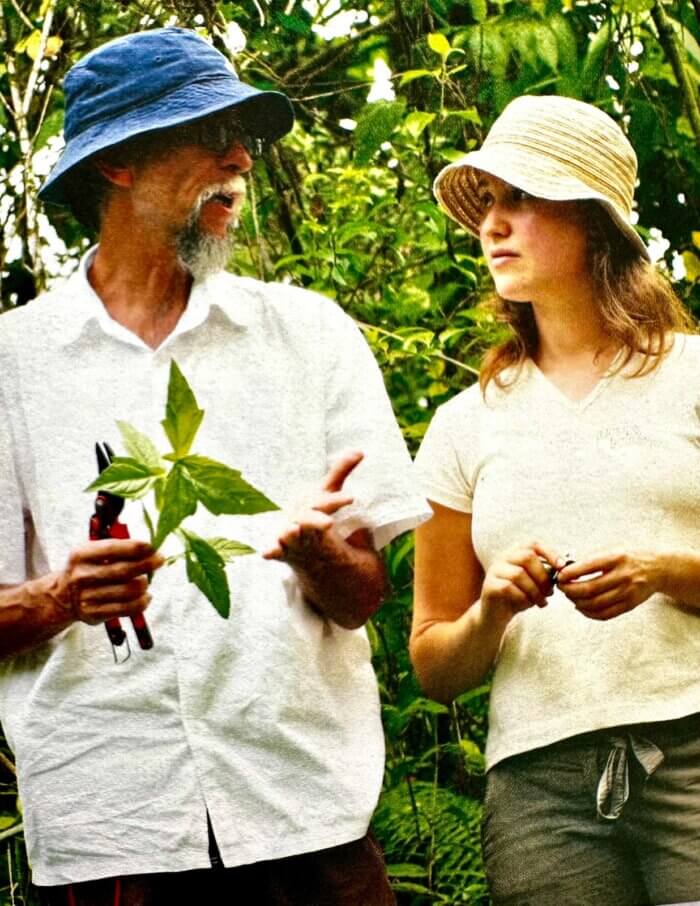
Over the years, Luna Nueva has hosted gatherings of ethnobotanists, indigenous healers, pharmacologists, oncologists, and other experts in the medicinal properties found in plants. At one of these gatherings we completed a circle and brought Rafa and Jim Duke back together. It had been decades, but their connection was unbroken and they immediately got back to biologizing out in the forest. And yes, Jim was often barefoot with a guitar. Jim even dyed his white beard “hippie yellow” using Rafa’s turmeric – you had to be there!
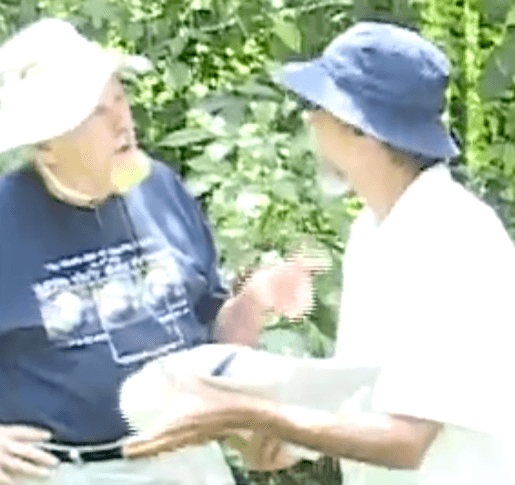
On other occasions Rafa has brought his plant buddy Luis Poveda to Luna, and those were events full of ribald poetry, song, and endless botanical explorations. Luis is the other great ethnobotanist of Costa Rica, and it’s a dream come true to hang with them as they walk through our Sacred Seeds sanctuary and forests, explaining how traditional cultures in Central America have used each plant.
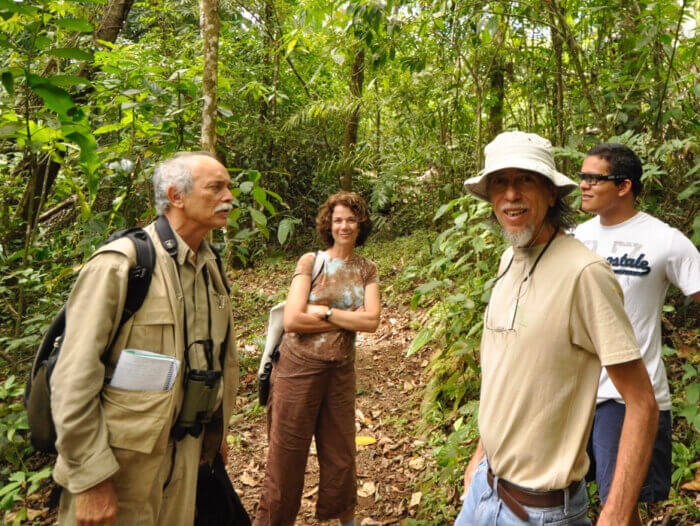
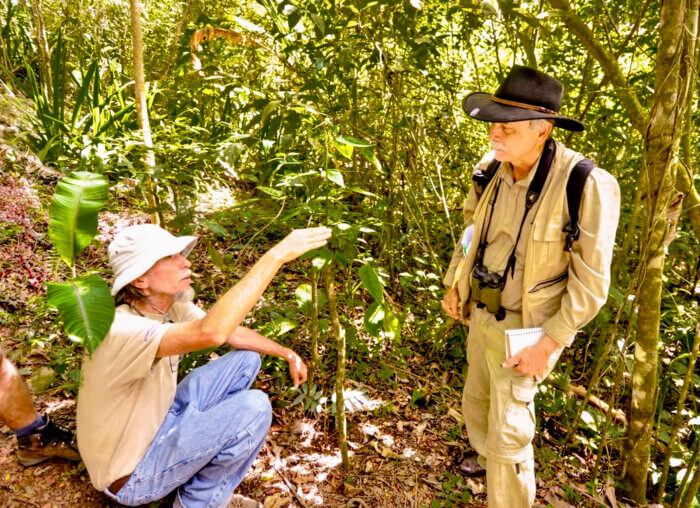

In 2009, Rafa and Mike Balick co-authored Plants of Semillas Sagradas: An Ethnomedicinal Garden in Costa Rica. In this book, they explained the importance of conserving both medicinal herbs and the traditional knowledge of how best to collect, prepare, and use them. This book, now available as a free download on our website, has earned the worldwide praise of ethnobotanists and other scientists. Dr. Peter Raven, considered to be the greatest botanist of our time, wrote the foreword, where he wrote that “the task of preserving medicinal plants and plant lore through Semillas Sagradas is an important priority; I hope the garden presented here will inspire the formation of many more such gardens protecting medicinal plant diversity and the knowledge associated with it throughout the world.”

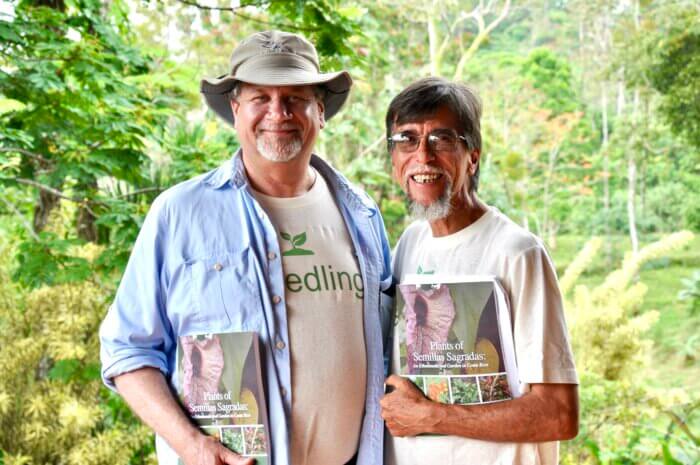
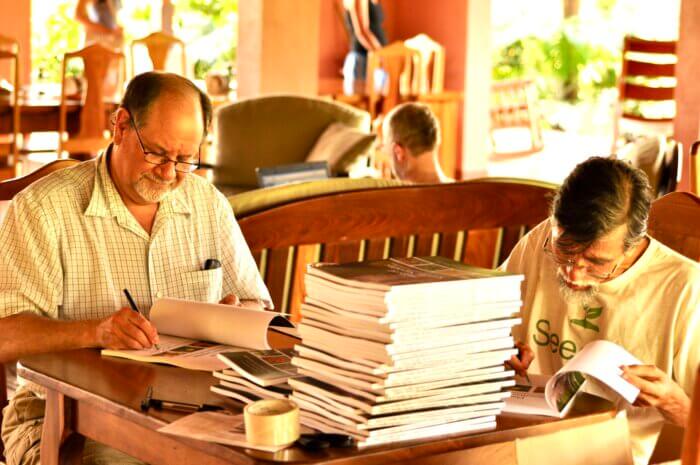
What an honor it was to watch Rafa and Mike work with the plants in our sanctuary and interact with indigenous healers skilled in traditional medicine. The stories of these plants and these people are what we honor in our Sacred Seeds Sanctuary, and we are grateful to Rafa, Mike, Jim, Ruthie, and all the scientists who have devoted their lives, in Mike’s words, to Plants, People, and Culture. And as a special treat, we unearthed a relic of sorts: an old video of Rafa, Mike, Jim, and Ruthie in our Sacred Seeds Sanctuary talking about an emetic called ipecac. Click below to be taken back in time, while our dear friend Jim was still physically with us:
Te saludamos estimado amigo y maestro. We salute you! Rafa, you have been guiding us since before Luna was born, and you are forever in our hearts. And your beloved plants – the plants you’ve collected over the course of a lifetime of study – they are a treasured part of the Luna Nueva landscape and mission.
